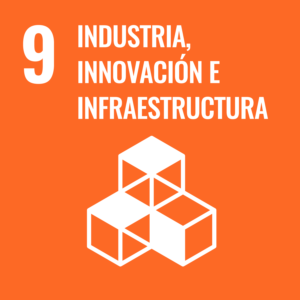Context
Currently, the use and results obtained from Earth and Sea Observation reach US$1,500 million, which contribute to the country’s economy. Information from satellites and sensors is used in various fields (weather and climate change, behavior of glaciers, water basins, agriculture, seismic activity, and others), which must be used to become a contribution to industry, transport, disaster management and public policy.
Data Cube Chile allows organizing the information obtained from various sources of earth observation, facilitating the process of analysis and use of data, making it available for decision-making and thus contributing to the growth of the national economy. According to studies by the Australian government, this increase could be in the order of US$6.7 billion for Chile, to which Data Cube Chile is expected to contribute, in addition to the contribution made by other agents, the scientific community and the State.
We believe that collaboration is essential to promote the growth and development of the country, we invite those who want to be part of this project to join and thus strengthen our platform and scientific advances that benefit the entire community.


A high-value Earth observation
In 2019, the Australian Government carried out a study to assess the current and future contribution of Earth and Sea Observation associated with different economic sectors in the countries of the Asia Pacific Economic Cooperation Forum (APEC)
Earth observation, whether by satellite, sensors or other sources, has an extremely important role in society.
Governments and industry are increasingly reaping the benefits of Earth observation in their daily activities. Earth observation data is also critical to inform or report on almost all of the Sustainable Development Goals (SDGs).
In Chile in particular, earth and marine observations have the potential to improve understanding and reporting on numerous SDGs. Currently, Data Cube Chile is focusing on the following:








Modified document table Geospatial Information and Earth Observations: Supporting Official Statistics in Monitoring the SDGs (March, 2016). Credit: GEO



